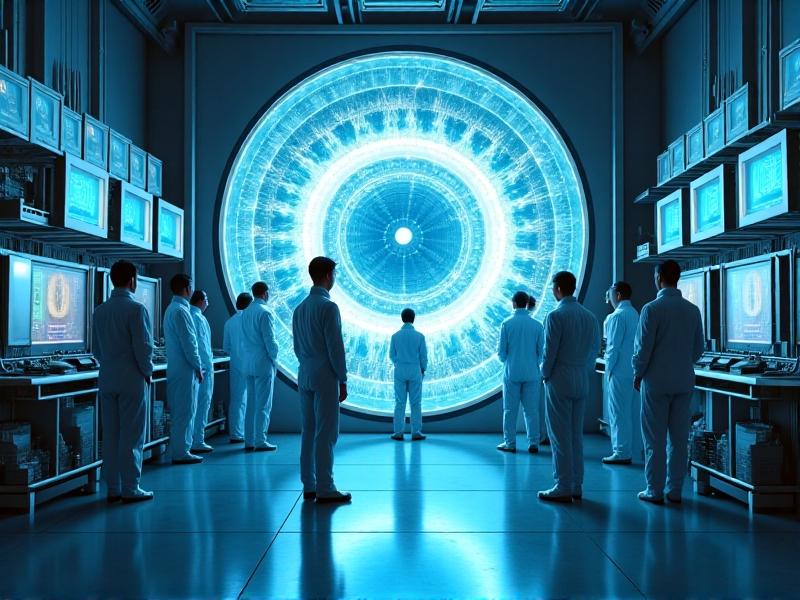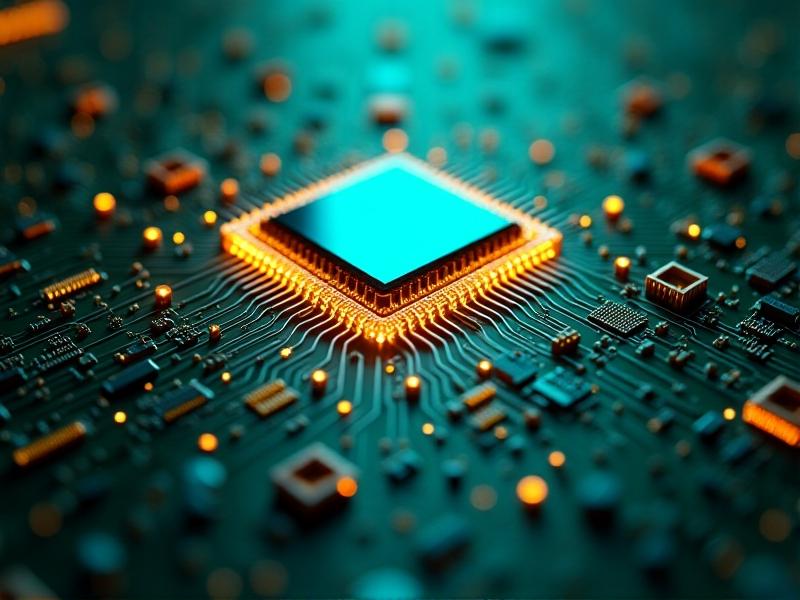Magnet Recharging Service Options
Understanding Magnet Degradation and Recharging Needs
Magnets, whether in industrial machinery or consumer electronics, gradually lose their magnetic strength due to factors like heat, physical stress, or exposure to opposing magnetic fields. This degradation can impact performance, leading to inefficiencies in motors, generators, or medical devices like MRI machines. Recognizing the signs of weakening magnetism—such as reduced holding power or erratic behavior in devices—is the first step toward addressing the issue.
Recharging, also known as remagnetization, involves exposing the magnet to a strong external magnetic field to restore its strength. Not all magnets can be recharged; permanent magnets like neodymium or ferrite require specialized equipment, while temporary magnets may not need recharging at all. Understanding the type of magnet and its material composition is critical before opting for a recharging service.

The demand for magnet recharging services has grown alongside industries reliant on precision engineering, such as renewable energy and aerospace. Companies now prioritize sustainability, opting to recharge rather than replace expensive or rare-earth magnets. This shift underscores the importance of accessible, reliable recharging solutions in maintaining operational efficiency and reducing environmental waste.
Types of Magnet Recharging Services Available
In-house recharging services are ideal for businesses with frequent needs, offering dedicated equipment and staff trained to handle specific magnet types. These setups are common in automotive or manufacturing plants where downtime must be minimized. However, the initial investment in machinery like pulsed magnetizers can be prohibitive for smaller enterprises.
Third-party specialized labs provide a cost-effective alternative, particularly for one-off projects or rare magnet types. These facilities often have advanced tools, such as superconducting magnets or cryogenic systems, to handle complex requirements. For instance, MRI magnets in healthcare settings often require off-site recharging due to the need for ultra-low temperatures and controlled environments.

Mobile recharging units are emerging as a flexible solution, especially for industries in remote locations. These portable systems use compact, high-capacity power supplies to deliver on-site services, reducing transportation risks for fragile or bulky magnets. While less powerful than stationary systems, they are invaluable for urgent repairs in sectors like wind turbine maintenance or marine engineering.
Key Considerations When Choosing a Service Provider
Expertise and equipment compatibility are paramount. A provider familiar with your magnet’s material—whether samarium-cobalt, alnico, or ceramic—ensures proper handling. For example, neodymium magnets can demagnetize if overheated during recharging, necessitating temperature-controlled environments. Always verify the provider’s experience with your specific magnet type and application.
Turnaround time and cost structures vary widely. Industrial clients may prioritize 24/7 availability and expedited services, while smaller users might favor affordability. Transparent pricing models, such as per-unit charges or subscription plans, help businesses budget effectively. Additionally, inquire about warranties or post-service support to mitigate risks of incomplete recharging or collateral damage.
Certifications and safety protocols are non-negotiable, especially in regulated industries like aerospace or healthcare. Providers adhering to ISO standards or industry-specific guidelines reduce liability risks. Similarly, evaluate their environmental practices, such as energy-efficient recharging methods or recycling programs for irreparable magnets, to align with corporate sustainability goals.
The Recharging Process: A Step-by-Step Overview
The process begins with a diagnostic assessment to measure the magnet’s residual flux density using a gaussmeter. This data determines the required strength and duration of the recharging pulse. Magnets are then cleaned to remove contaminants that could interfere with the magnetic field, a step especially crucial in dusty or corrosive environments.
Next, the magnet is placed inside a magnetizing fixture, which directs the external field precisely. High-voltage capacitors discharge energy through copper coils, generating a brief but intense magnetic pulse. For large or complex shapes, custom fixtures ensure uniform recharging. Post-treatment, the magnet is tested again to confirm restoration and demagnetized areas are flagged for rework if needed.
Finally, the magnet is reconditioned—applying protective coatings or reassembling it into its housing. Documentation, including before-and-after test results, is provided for quality assurance. This end-to-end approach balances technical precision with practical usability, ensuring magnets meet original specifications.
Safety and Environmental Implications of Magnet Recharging
High-energy processes pose risks like electrical shocks or flying debris if fixtures fail. Reputable providers enforce strict protocols: insulated gear, explosion-proof chambers, and emergency shutoffs. Proper training minimizes human error, particularly when handling superconducting magnets containing liquid helium, which can cause frostbite or asphyxiation if mishandled.
Environmentally, recharging extends magnet lifespans, reducing landfill waste and the need for mining rare-earth metals. However, the energy-intensive nature of recharging raises carbon footprint concerns. Forward-thinking companies offset this by using renewable energy sources or optimizing pulse durations to cut power consumption.

Recycling programs for non-rechargeable magnets further enhance sustainability. Providers may partner with smelters to recover materials like boron or nickel, diverting hazardous waste from ecosystems. These initiatives align with global trends toward circular economies, where every component is repurposed or reused.
Future Trends in Magnet Recharging Technology
Advancements in AI and machine learning are revolutionizing diagnostics. Predictive algorithms analyze usage patterns to schedule preemptive recharging, avoiding unexpected failures. Smart sensors embedded in magnets can transmit real-time data on magnetic strength, enabling proactive maintenance in IoT-enabled industrial systems.
Researchers are also exploring novel methods like laser-assisted recharging, which uses focused light beams to realign magnetic domains without physical contact. This technique could enable ultra-precise repairs for micro-magnets in robotics or medical implants, where traditional methods are too invasive.

Energy efficiency remains a key focus. Wireless inductive recharging, similar to smartphone charging pads, is being adapted for small-scale magnets. Meanwhile, breakthroughs in room-temperature superconductors could eliminate the need for costly cooling systems, democratizing access to high-powered recharging solutions.
Making the Right Choice for Your Needs
Assess your operational scale: high-volume manufacturers benefit from in-house capabilities, whereas startups might prefer third-party partnerships. Factor in logistics—shipping large magnets incurs costs and risks, making mobile services advantageous for remote sites. Don’t overlook hidden expenses like insurance or customs fees for international providers.
Engage with vendors early to discuss customization. For example, aerospace clients may require non-destructive testing post-recharging to validate structural integrity. Building long-term relationships with providers ensures tailored solutions as your needs evolve, from prototyping to mass production.
Finally, stay informed about emerging technologies and sustainability standards. The magnet recharging landscape is dynamic, with innovations continually reshaping best practices. By balancing cost, quality, and environmental impact, you can future-proof your operations while maintaining peak performance.








